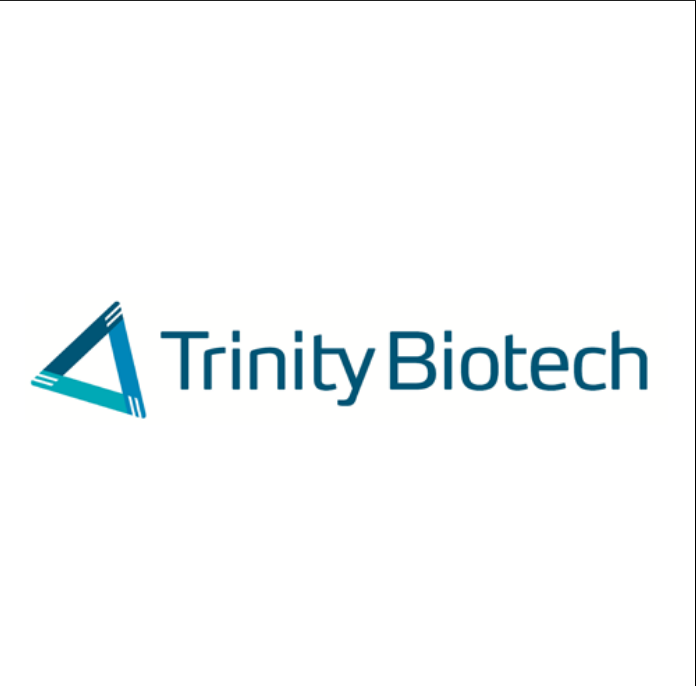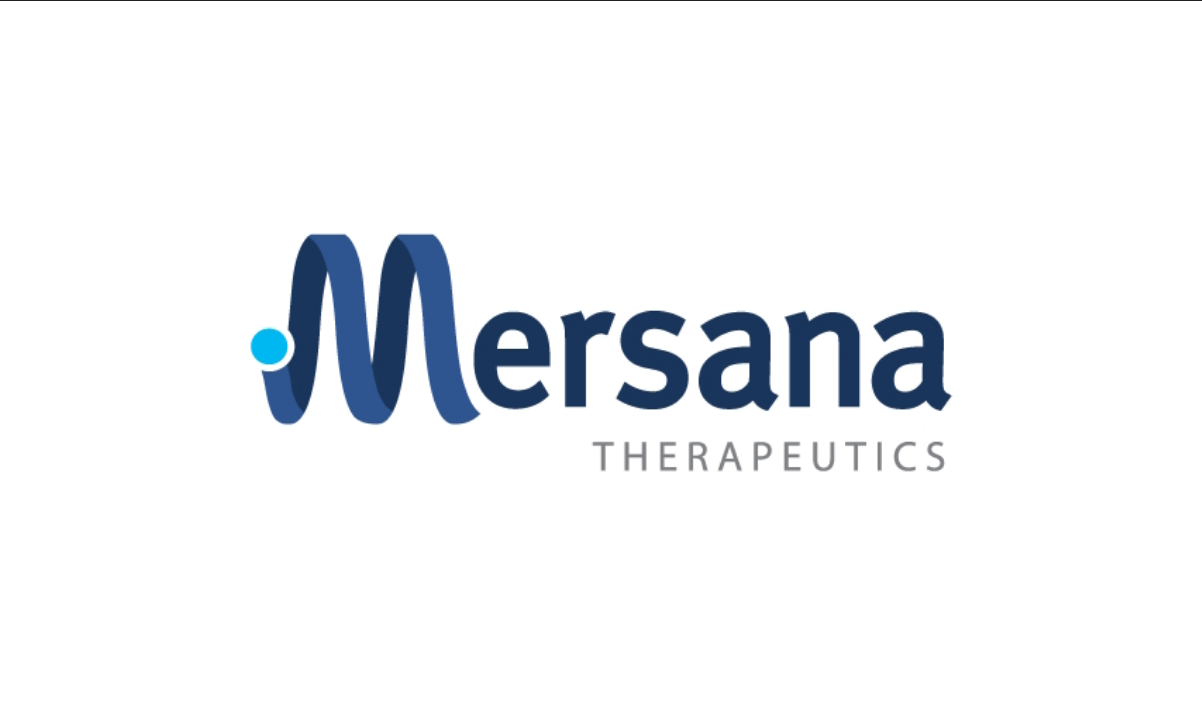Featured Articles
While investors chase AI-fueled rallies and clean tech moonshots, another sector is building quietly in the background — and it’s not new. Biotechs targeting rare diseases are seeing a surge in M&A interest, scientific breakthroughs, and patient-driven demand. This isn’t a story about hype. It’s about market efficiency catching up with medical necessity.
From Orphan to Opportunity: A Market That Shouldn’t Exist — But Thrives
The term “orphan disease” sounds like a financial death sentence. After all, these are conditions affecting fewer than 200,000 people in the U.S. But thanks to the 1983 Orphan Drug Act, companies have had strong incentives to pursue these treatments — tax credits, exclusivity periods, and faster FDA pathways.
It worked. Biotechs like BioMarin, Sarepta, and Ultragenyx have all proven that you can build billion-dollar companies around diseases most people have never heard of. Their drugs don’t just meet demand — they change lives in ways no generic ever could. And pricing power remains intact because the science is niche, the alternatives are few, and the cost of inaction is often death or lifelong disability.
Why Big Pharma Keeps Buying in This Corner of the Market
When Pfizer paid $5.4 billion for Global Blood Therapeutics in 2022, it didn’t do it for headlines. It did it to fill a portfolio hole in sickle cell treatments. And when Roche picked up Spark Therapeutics in 2019 for $4.3 billion, it wasn’t after blockbuster volume — it wanted a foothold in gene therapy.
Biotechs in the rare disease space often act as outsourced R&D engines for larger firms. And in today’s environment, where the patent cliff is approaching for multiple billion-dollar drugs, Big Pharma needs innovation that’s already halfway de-risked. That’s driving renewed attention — and premium deal multiples.
Gene Therapy Has Moved Past the “Hype” Phase
For years, gene therapy was pitched as the next frontier. Then it became the next cautionary tale, after early failures in delivery methods and off-target effects slowed progress. But things are changing fast.
Companies like REGENXBIO and Rocket Pharmaceuticals are now running late-stage trials with far better data and tighter safety controls. Delivery platforms have matured. And FDA guidance is improving. This year alone, three gene therapies targeting monogenic disorders are expected to submit for approval — a number unthinkable a decade ago.
We’re approaching a future where rare disease treatment is no longer about lifelong management. It’s about one-and-done functional cures. And that completely rewrites the economic model for both patients and investors.
The Best Investments in Biotech Might Be the Least Familiar Names
Rare disease stocks won’t make you rich overnight. They don’t move in tandem with meme trends, and they rarely get mentioned in mainstream headlines. But that’s exactly the point.
Names like Argenx, Avidity Biosciences, and Silence Therapeutics are quietly building platforms that could treat dozens of niche conditions. They already have strategic partnerships, early revenue, and scientific moats that aren’t easy to replicate. And in a risk-adjusted world, they’re trading at far more reasonable multiples than overhyped AI or GLP-1 players.
Disclaimer
We are not an investment advisor and is not registered with the U.S. Securities and Exchange Commission or the Financial Industry Regulatory Authorities. Further, our owners, employees, agents are not acting as investment advisors and might not be registered with the U.S. Securities and Exchange Commission or the Financial Industry Regulatory Authorities.
The sender of this email makes no representations or warranties concerning the products, practices or procedures of any company or entity mentioned or recommended in this email, and makes no representations or warranties concerning said company or entity’s compliance with applicable laws and regulations, including, but not limited to, regulations promulgated by the SEC or the CFTC. The sender of this email may receive a portion of the proceeds from the sale of any products or services offered by a company or entity mentioned or recommended in this email. The recipient of this email assumes responsibility for conducting its own due diligence on the aforementioned company or entity and assumes full responsibility, and releases the sender from liability, for any purchase or order made from any company or entity mentioned or recommended in this email.
The content on any of our websites, products or communication is for educational purposes only. Nothing in its products, services, or communications shall be construed as a solicitation and/or recommendation to buy or sell a security. Trading stocks, options and other securities involves risk. The risk of loss in trading securities can be substantial. The risk involved with trading stocks, options and other securities is not suitable for all investors. Prior to buying or selling an option, an investor must evaluate his/her own personal financial situation and consider all relevant risk factors.
The information presented in this site is not intended to be used as the sole basis of any investment decisions, nor should it be construed as advice designed to meet the investment needs of any particular investor. Nothing in our research constitutes legal, accounting or tax advice or individually tailored investment advice. Our research is prepared for general circulation and has been prepared without regard to the individual financial circumstances and objectives of persons who receive or obtain access to it. Our research is based on sources that we believe to be reliable. However, we do not make any representation or warranty, expressed or implied, as to the accuracy of our research, the completeness, or correctness or make any guarantee or other promise as to any results that may be obtained from using our research. To the maximum extent permitted by law, neither we, any of our affiliates, nor any other person, shall have any liability whatsoever to any person for any loss or expense, whether direct, indirect, consequential, incidental or otherwise, arising from or relating in any way to any use of or reliance on our research or the information contained therein. Some discussions contain forward looking statements which are based on current expectations and differences can be expected. All of our research, including the estimates, opinions and information contained therein, reflects our judgment as of the publication or other dissemination date of the research and is subject to change without notice. Further, we expressly disclaim any responsibility to update such research. Investing involves substantial risk. Past performance is not a guarantee of future results, and a loss of original capital may occur. No one receiving or accessing our research should make any investment decision without first consulting his or her own personal financial advisor and conducting his or her own research and due diligence, including carefully reviewing any applicable prospectuses, press releases, reports and other public filings of the issuer of any securities being considered. None of the information presented should be construed as an offer to sell or buy any particular security. As always, use your best judgment when investing.
Disclaimer: Past performance is no guarantee of future performance. This product is for educational purposes only. Practical application of the products herein are at your own risk and our partners, representatives and employees assume no responsibility or liability for any use or mis-use of the product. Please contact your financial advisor for specific financial advice tailored to your personal circumstances. Any trades shown are hypothetical example and do not represent actual trades. Actual results may differ. Nothing herein constitutes a recommendation respecting the particular security illustrated.





